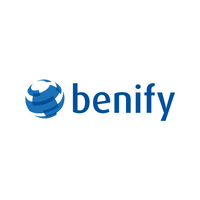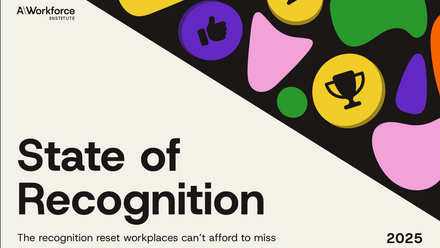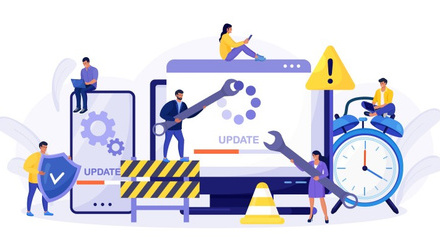Five ways to use reward and benefits data to improve employee retention

However, one Gallup study reveals that 52% of voluntarily exiting employees say the company could have done something to prevent them leaving. A little over half say that in the three months before they left, neither their manager nor any other leader spoke with them about their job satisfaction or future with the organisation.
The Bureau of Labor Statistics had similar findings, sharing that 75% of voluntary turnover is preventable, including factors such as career development opportunities, work environment, management behaviour, job characteristics, compensation and benefits and work-life balance.
Below, we look at five ways you can use rewards and benefits data to improve employee retention.
1. Use data to better understand your global workforce
Through a global benefits administration system, HR leaders can get a company-wide overview of their entire workforce, all in one place, in a single view. Administrators can use filters to drill down and sort employees into any number of categories.
From geographical location and benefit eligibility, to generational demographics and benefits usage, administrators can use data to gain a deeper understanding of their workforce.
With greater knowledge of their workforce, employers are in a better position to provide an outstanding employee experience that helps support retention.
2. Use data to understand what benefits employees want and use
Today, we see multiple generations working side by side, each with their own needs and preferences. Remove the guesswork and use data to view what benefits employees are enrolled in and which selections are being made from flexible benefits schemes.
With data at hand, employers can tailor their benefits offering to meet the specific and varying needs and wants of their employees. Employers can assemble flexible benefit plans and enable employees to select from a variety of pre-tax offerings to create a customised benefits package that matches their needs.
Higher job satisfaction results in increased retention and numerous studies have shown that employee benefits are one of the best ways to increase employee satisfaction.
3. Use data to gauge employee awareness of total reward
In our Compensation Gap survey, we see that eight out of 10 employees underestimate their total compensation package. On average, employees are unaware of up to 33% of what their employers spend on them.
Without knowledge of their full reward, employees not only miss out a significant part of their compensation package, which results in lost money for the company, they are also more likely to leave and take up work elsewhere where they believe they receive better compensation.
Use data to see what information employees access, including what pages they view. If your benefits administration system offers employees a digital Total Reward Statement you can see the number of employees who have accessed this feature and how often. You can then use this data to establish what percentage of your workforce is aware of their total reward.
If page views or usage numbers are low, you can send reminders to employees via e-mail, push notification or in-portal messages to increase awareness. Greater awareness of total compensation supports employee retention.
4. Use data to gauge employee satisfaction levels
In addition to gaining insight into the number of employees who are aware of their total reward, you can also use data to gauge overall satisfaction. One Forbes article shares: “HR teams can use data to make better HR decisions, better understand and evaluate the business impact of people, improve the leadership’s decision making in people-related matters, make HR processes and operations more efficient and effective, and improve the overall wellbeing and effectiveness of the company’s employees.”
A way to gauge satisfaction and engagement levels is to look at open-rates and click-rates for communications, as well as participation rates for special incentives and offers.
The most effective way to gauge employee satisfaction, however, is to ask employees directly. Conduct short surveys in your benefits administration system or employee portal. Ask employees questions around engagement, development opportunities, brand ambassadorship, benefits satisfaction and company values. Use this feedback to identify areas that need improving, which can then assist with retention.
5. Use data to identify which employee groups are leaving
What better way to improve employee retention than to tackle the matter head-on? Look at company resignation rates across gender, work experience, pay grades, location and age. With this data, you’ll have a better picture of which employees are leaving. This data can then be presented to company leaders as an action point for where the company needs to invest.
In conclusion, today, companies need to use data to gain insights into their workforce, to see which areas are working and which areas need improvement. In the end, the greatest tool for retention is employee satisfaction.
This article is provided by Benify.
Supplied by REBA Associate Member, Benify
Benify offers the market's leading global benefits and total reward platform.







